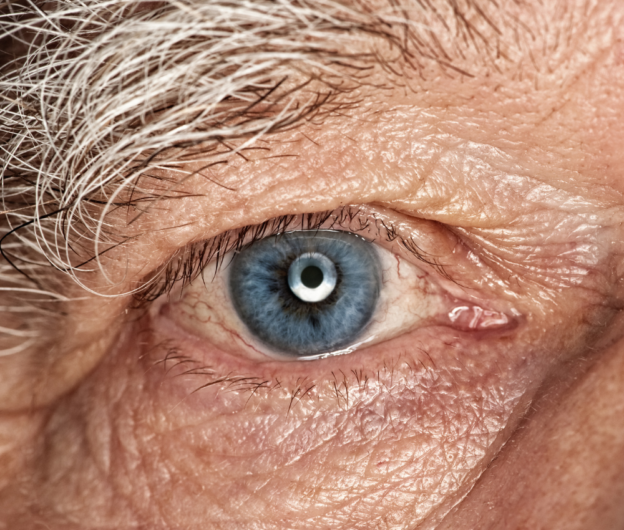Did you know glaucoma often has no symptoms but can lead to blindness? It’s a condition that affects up to 800,000 people in the UK. And is expected to rise by 44%1 between 2015 and 2035.
Yet 50% of cases remain undiagnosed. Most people say sight is the sense they’d least like to lose. However, many still don’t visit an optician until something goes wrong. And with glaucoma, once any sight is lost, it cannot be saved.
What is Glaucoma?
Glaucoma is the name of a group of eye diseases that damage the optic nerve. The optic nerve transfers visual information from the eye to the brain and if it’s damaged, it can result in sight loss and even blindness.
The damage is often caused by a build-up of fluid in the front part of the eye, which increases pressure inside the eye. Your eye needs a certain amount of pressure to keep the eyeball healthy and in the right shape. However, if the pressure becomes too high, it can cause your optic nerve to become damaged leading to loss of vision.
Glaucoma tends to develop slowly over many years. To begin with it doesn’t usually cause any symptoms other than a gradual loss of peripheral vision. Because many people don’t realise they have glaucoma until their sight is permanently affected, it’s known as the ‘silent thief of sight’. However, with early diagnosis, careful monitoring and the right treatment, most people retain useful sight for life.
This helpful video explains how glaucoma may affect your vision.
Types of Glaucoma
There are different types of glaucoma. The four main ones are:
Primary open angle glaucoma (POAG)
Primary open angle glaucoma is the most common type of glaucoma accounting for almost 90% of cases. It is caused when the eye’s drainage canals become slowly blocked. This results in increased eye pressure which causes damage to the optic nerve. It is a lifelong condition that develops very slowly over time.
Acute angle closure glaucoma
Acute angle glaucoma happens when the pressure in your eye rises suddenly. It’s very painful and can cause permanent damage to your sight if not treated quickly.
Secondary glaucoma
This is when glaucoma occurs because of another eye condition, an operation, an injury or as a side effect of medication.
Congenital glaucoma
Congenital glaucoma is a very rare condition that affects young babies. It’s usually diagnosed in early years and is then managed by specialist clinics.
Diagnosing Glaucoma
A regular routine eye examination can help to detect glaucoma especially after the age of 40. It’s fairly rare below this age, but rises from about 2 in 100 over the age of 40 to more than one in 20 for those aged 80+.2
A test every two years is particularly important if you: have a close relative with glaucoma; are African Caribbean or Asian; diabetic; have low blood pressure; or are short sighted, as these groups are all at greater risk of glaucoma.
Managing glaucoma
The aim of all glaucoma treatments is to lower your eye pressure. Treatment usually starts with eye drops. For many people, who use the eye drops as prescribed and continue to have regular check-ups, this is all they need to manage their condition.
However, some people do need further treatment to prevent any loss of sight. This may be laser treatment or surgery. If this is the case for you, we’ll refer you to an ophthalmologist (hospital eye doctor).
If you’re concerned about glaucoma or would like to book an eye examination, please call us on 01628 663055
For more information, take a look at these helpful links and guides to glaucoma:
RNIB http://www.rnib.org.uk/eye-health-eye-conditions-z-eye-conditions/glaucoma
Glaucoma UK https://glaucoma.uk/
NHS https://www.nhs.uk/conditions/glaucoma/
References

